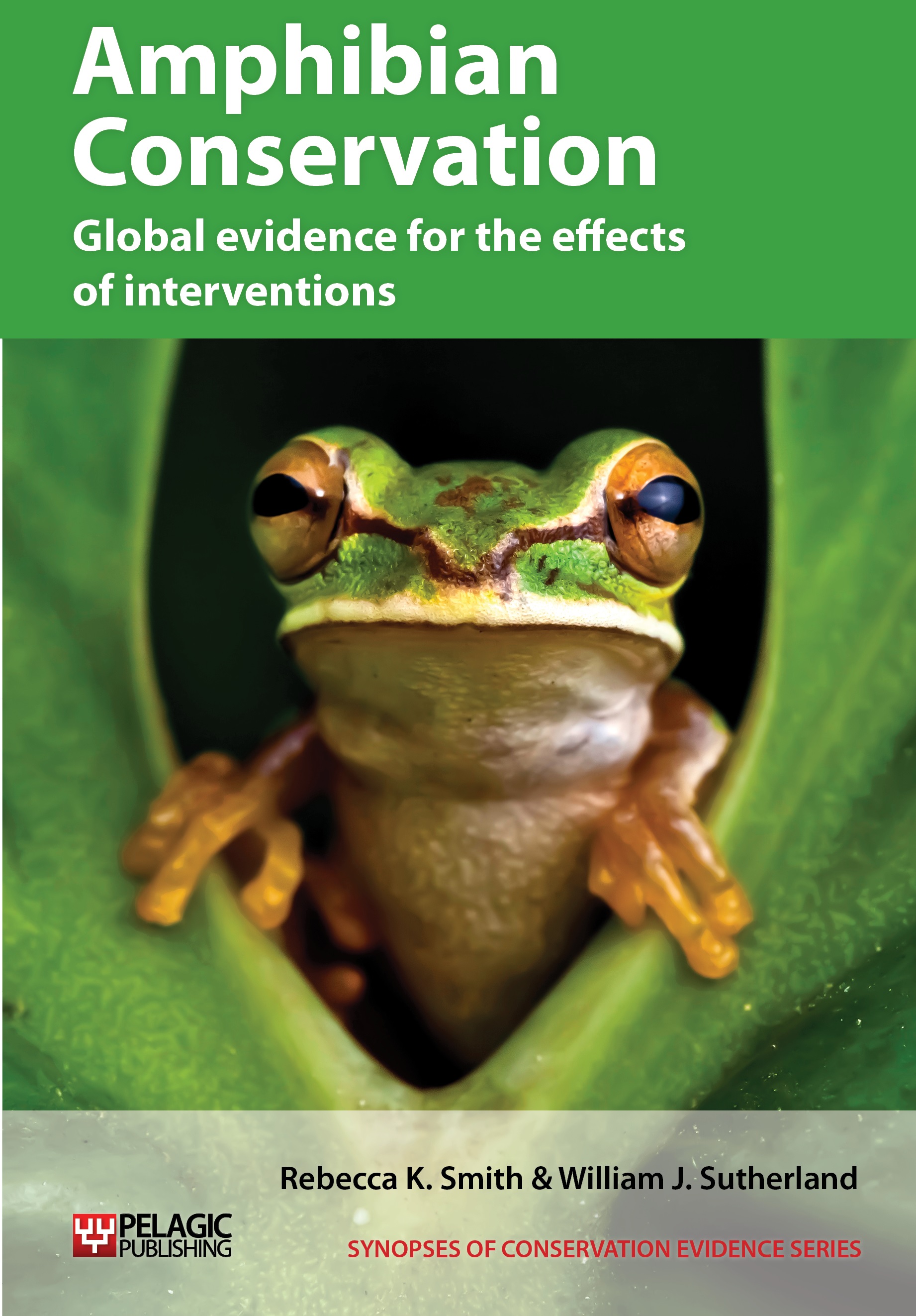Remove or control invasive bullfrogs
-
Overall effectiveness category Likely to be beneficial
-
Number of studies: 2
View assessment score
Hide assessment score
How is the evidence assessed?
-
Effectiveness
79% -
Certainty
60% -
Harms
0%
Study locations
Supporting evidence from individual studies
A replicated, before-and-after study in 2004–2007 of 12 ponds in California, USA (D’Amore, Kirby & McNicholas 2009) found that there was a significant increase in adult California red-legged frogs Rana draytonii in ponds in the two years after American bullfrog Rana catesbeiana removal. Counts increased from eight to 11 frogs in removal ponds. Numbers did not change in control ponds. Adult frogs were less visible when bullfrogs were present. Frogs used willows significantly less as cover, and were found on bare shores twice as much when adult bullfrogs were absent. Invasive American bullfrogs were removed from 12 ponds in 2004–2007. They were captured by hand, Hawaiian slings (spears) and seine netting (for tadpoles). Six ponds without bullfrogs in an adjacent field were monitored for comparison. Amphibians were monitored three times each week until October 2007.
Study and other actions testedA before-and-after study in 2008–2011 of leopard frogs in Arizona, USA and Mexico (Sredl et al. 2011) found that eradication of bullfrogs Rana catesbeiana resulted in an increase in range of chiricahua leopard frogs Lithobates chiricahuensis and lowland leopard frogs Lithobates yavapaiensis. Surveys in 2010–2011 showed that chiricahua leopard frogs had dispersed into eight and lowland leopard frogs into three sites that had previously been unsuitable due to presence of bullfrogs. Chiricahua leopard frogs dispersed over 8 km to a site further north than it had recently been documented in the region. Bullfrogs were eradicated between 2008 and 2010.
Study and other actions tested
Where has this evidence come from?
List of journals searched by synopsis
All the journals searched for all synopses
This Action forms part of the Action Synopsis:
Amphibian Conservation
Amphibian Conservation - Published 2014
Amphibian Synopsis





)_2023.JPG)














